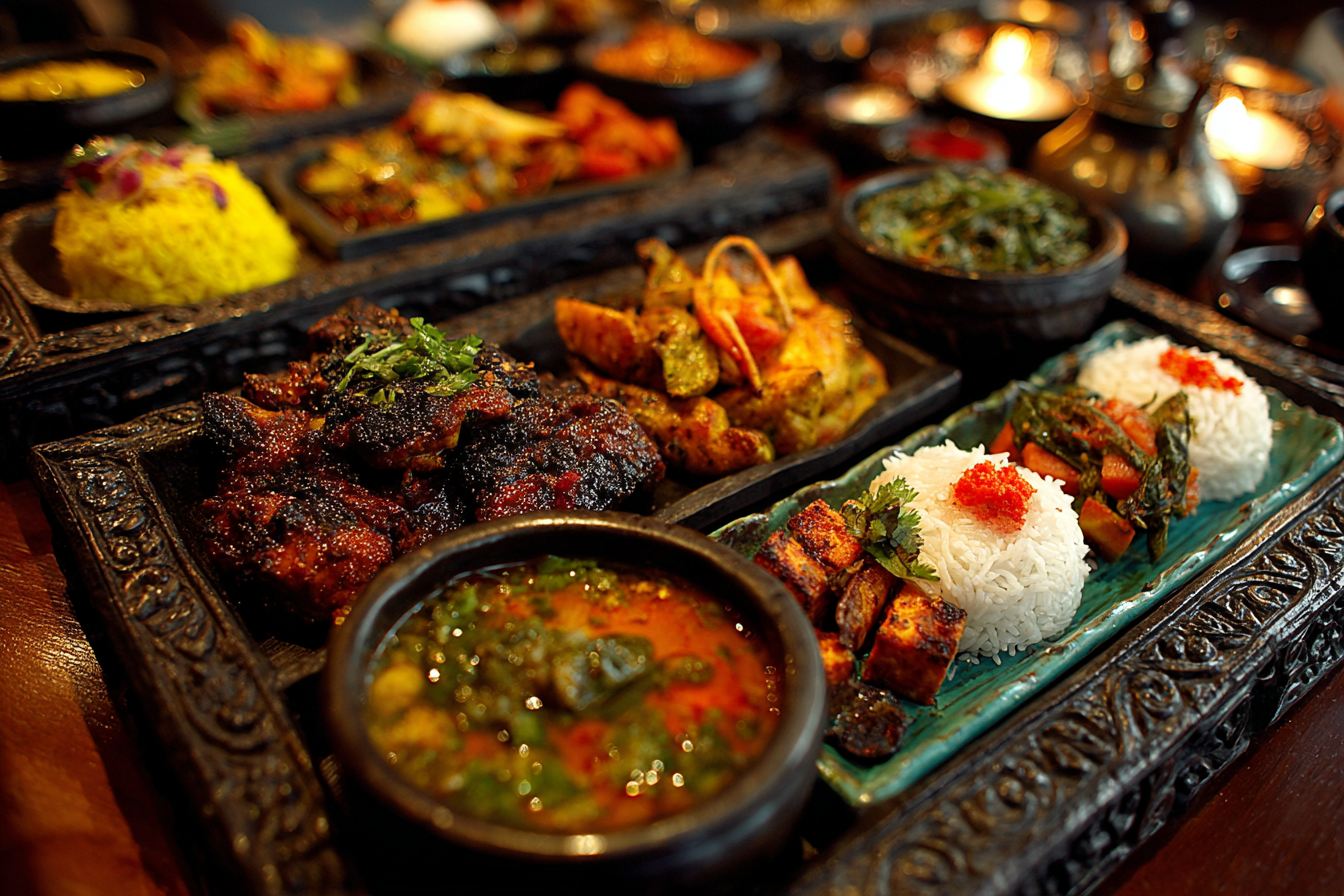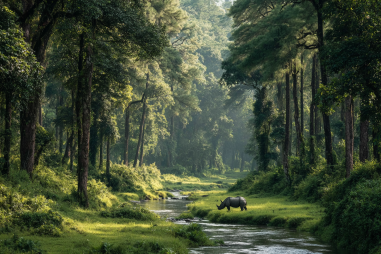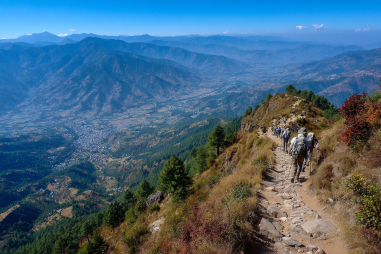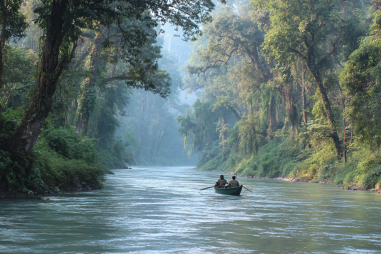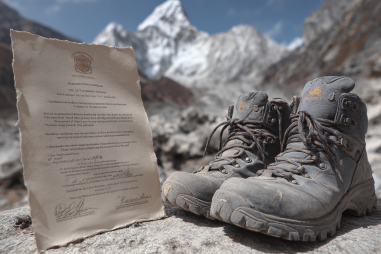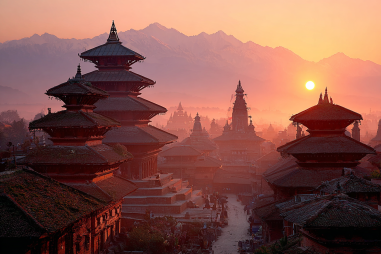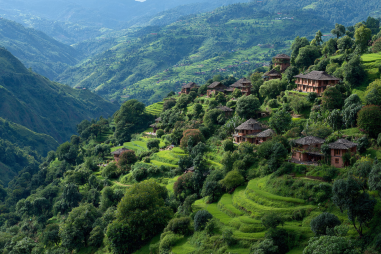Gorkha, nestled in the rugged hills of Nepal, is not only steeped in history and natural beauty but also boasts a rich culinary heritage that reflects its unique geographic and cultural identity. For food lovers and adventurous travelers, exploring Gorkha’s local cuisine offers a delightful journey through flavors shaped by traditional practices, local ingredients, and mountain life. Whether you’re seeking hearty dishes to warm your soul after a trek or craving street snacks bursting with taste, Gorkha has something to satisfy every palate.
Introduction to Gorkha’s Culinary Traditions
The culinary traditions of Gorkha are deeply intertwined with the lifestyle and environment of its people. Surrounded by hills and fertile valleys, the region’s food culture is marked by simplicity, seasonal ingredients, and hearty meals designed to nourish the body through demanding physical activity, such as trekking and farming. Unlike the more urbanized areas in Nepal, Gorkha preserves many indigenous recipes and cooking methods passed down through generations, making its cuisine a window into the region’s history and community life.
Staple ingredients such as maize, millet, lentils, and locally grown vegetables form the foundation of daily meals, often accompanied by meat or dairy depending on availability. The use of fresh herbs, fermented foods, and traditional spices gives Gorkha dishes their distinct character. Many recipes have spiritual significance too, linked to festivals and communal gatherings, enriching the dining experience with cultural meaning.
Signature Dishes and Ingredients
One of the essential elements to understanding Gorkha’s cuisine is recognizing its signature dishes, which highlight local ingredients and culinary techniques. Here are some of the most renowned traditional foods you should try:
- Chhyangro (Buckwheat Porridge): A warming, nutritious dish made from buckwheat flour, often served for breakfast or as a filling meal for trekkers. It’s both comforting and energy-packed.
- Gundruk: Fermented leafy greens, usually mustard leaves or spinach, sun-dried and later cooked into a tangy, flavorful soup or side dish. It’s a staple that showcases the mountain community’s preservation techniques.
- Thukpa (Noodle Soup): With influences from Tibetan cuisine, Thukpa is a soul-soothing noodle soup often enriched with vegetables, meat, and local herbs.
- Sukuti: Dried meat, typically buffalo or goat, spiced and preserved, then either eaten as a snack or used to flavor stews. This method of meat preservation is vital in the mountain terrain where fresh meat may not always be readily available.
- Dhido: A traditional stiff porridge made from millet or maize flour, Dhido is eaten with vegetable curries or meat stews. It’s the ultimate comfort food for locals, served especially during cold months.
The use of local herbs such as timur (Sichuan pepper), garlic, ginger, and chili adds depth to dishes while peppery and smoky notes often come from the use of dried chilies and firewood cooking methods.
Popular Local Snacks and Beverages
Gorkha’s street food scene though modest, is vibrant with snacks that embody the mountainous flavors:
- Sel Roti: A sweet, ring-shaped rice bread, crispy on the outside and soft inside, commonly enjoyed during festivals and special occasions.
- Aalu Tama: A tangy and spicy curry made with potatoes and bamboo shoots, representing a quintessential mountain flavor combination.
- Chiya (Nepali Tea): Ubiquitous across Gorkha, this milk tea brewed with strong spices like cardamom, ginger, and cinnamon is the perfect companion for long days in the hills.
- Local Apple and Plum Wines: Artisanal alcoholic beverages produced from abundant local fruits, offering a distinct taste experience unique to Gorkha’s terroir.
Enjoying these snacks and beverages provides a glimpse into everyday life, whether in bustling market squares or quiet village corners.
Where to Eat: Markets, Restaurants, and Home-Cooked Meals
Discovering the best places to savor Gorkha’s flavors means exploring a range of settings:
- Local Markets: Fresh produce, spices, and street food stalls dominate the markets, offering a firsthand taste of authentic flavors. Markets like those in Gorkha Bazaar are ideal for sampling quick bites and engaging with friendly vendors.
- Traditional Restaurants and Tea Houses: Small family-run eateries serve homemade dishes that showcase traditional recipes. Many tea houses along trekking routes are famous for their warm meals and inviting atmospheres.
- Home-Cooked Meals: One of the most rewarding experiences is sharing a meal with a local family, where you can experience authentic cooking, learn about ingredients, and enjoy the hospitality that defines Nepalese culture.
Whether dining at a street-side stall or a cozy village kitchen, each meal provides insight into the culture and values of Gorkha’s people.
Food Festivals and Cooking Classes
Food plays a central role in Gorkha’s cultural celebrations and festivals. Events such as the Gorkha Mahotsav and various local fairs showcase culinary talents, with stalls featuring traditional dishes, snacks, and beverages. These festivals not only celebrate food but also encourage the preservation of ancient recipes and cooking methods.
For travelers eager to deepen their culinary knowledge, cooking classes offer hands-on opportunities to learn how to prepare traditional Gorkha dishes. Many local homestays and community centers provide short courses where visitors can get involved in everything from dough kneading for sel roti to mastering the fermentation process of gundruk. Such experiences enrich a trip and foster a greater appreciation for the region’s food culture.
Dietary Tips for Travelers
When exploring Gorkha’s cuisine, travelers should keep a few practical dietary tips in mind to ensure a safe and enjoyable experience:
- Stay Hydrated: The mountainous climate and trekking activities can dehydrate you quickly, so always drink boiled or bottled water.
- Be Cautious with Street Food: While street food is delicious, make sure to choose clean, busy vendors to avoid stomach issues.
- Try Local Dairy with Care: Dairy products like yogurt and cheese are common but may not suit everyone’s digestive systems, so consume them gradually.
- Respect Dietary Restrictions: Many locals observe Hindu and Buddhist dietary customs. It’s considerate to inquire about ingredients if you are invited for a home meal.
- Balance Your Diet: Combine heavy meals like Dhido with fresh vegetables and fruits to maintain digestive balance during your travels.
Following these tips helps travelers enjoy the full spectrum of Gorkha’s culinary offerings without discomfort.
Savoring the Taste of Gorkha
Exploring Gorkha’s local cuisine is more than just a gastronomic adventure—it’s an immersion into the customs, history, and daily life of a Himalayan community. Each dish tells a story of survival, adaptation, and celebration amid mountain challenges. From the hearty buckwheat porridges of dawn to the lively flavors of street snacks and the warm hospitality of home-cooked meals, Gorkha invites you to taste its soul through its food.
Whether you are a seasoned foodie or a curious traveler, embracing the flavors of Gorkha will enrich your journey and leave you with lasting memories of Nepal’s culinary heartland.

